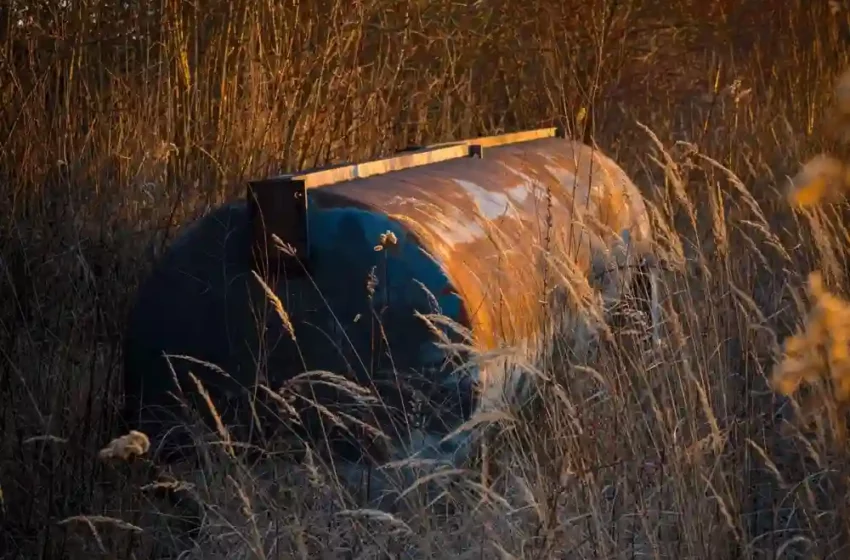
Hidden Hazards: A Comprehensive Handbook on Oil Tank Removal
The unseen dangers lurking beneath residential or commercial properties in the form of underground oil tanks pose a significant environmental and safety risk. Addressing these hidden hazards requires a comprehensive approach to oil tank removal. In this handbook, we provide a step-by-step guide, outlining essential considerations, safety measures, and environmental protocols to navigate the intricacies of oil tank removal.
1. Understanding the Risks: The Imperative First Step
Recognizing the potential risks associated with underground oil tanks is the foundation of a successful removal process. These risks include soil and water contamination, structural deterioration of the tank, and the possibility of hazardous spills. Before embarking on oil tank removal, it is essential to grasp the full scope of these risks through detailed site assessments, historical research, and an understanding of the tank’s maintenance history.
2. Site Assessment: Unveiling the Underground Secrets
A comprehensive site assessment is the gateway to understanding the nuances of oil tank removal. Employing advanced tools like ground-penetrating radar and soil sampling equipment, professionals can unveil the underground landscape. This process helps determine the tank’s location, condition, and any potential contamination of the surrounding soil and groundwater. The insights gained from the site assessment guide subsequent steps in the removal process.
3. Regulatory Compliance: Navigating the Maze
Oil tank removal is a regulated process to ensure the protection of the environment and public safety. Navigating through the intricate maze of local, state, and federal regulations is crucial. Professionals must secure the necessary permits and adhere to prescribed guidelines to maintain compliance. By doing so, the removal process aligns with legal standards, fostering a safe and environmentally responsible operation.
4. Safety First: Protective Measures During Removal
Safety is paramount in oil tank removal. Protective measures are instituted to safeguard workers, property, and the surrounding environment. Personal protective equipment (PPE), proper training, and adherence to safety protocols are non-negotiable. Contingency plans for emergency situations, such as spills or leaks, should be in place, emphasizing the importance of a proactive approach to safety throughout the removal process.
5. Choosing the Right Method: Excavation Techniques
Selecting the appropriate excavation method is a critical decision in oil tank removal. Traditional methods may involve extensive digging, disrupting the landscape and potentially causing collateral damage. Innovative alternatives, like horizontal drilling, provide a less invasive option. Horizontal drilling allows professionals to access the tank without significant excavation, minimizing disruption and preserving the integrity of the property.
6. Tank Extraction and Cleaning: Ensuring a Thorough Process
Extracting the oil tank requires precision and care to prevent spills and contamination. Once removed, the tank undergoes a thorough cleaning process to eliminate any remaining oil residues. This step is essential for ensuring the safe transportation and disposal or recycling of the tank. The cleaning process may involve specialized equipment and environmentally friendly cleaning agents.
7. Contamination Assessment and Remediation: Healing the Earth
The removal process may reveal soil contamination, necessitating a meticulous assessment of the extent of the pollution. Remediation methods, such as bioremediation or soil vapor extraction, are then employed to restore the soil to its natural state. The goal is not just to remove the oil tank but to actively address and resolve any environmental impact associated with leaks or spills.
8. Waste Disposal: Responsible Handling of Remnants
Responsible waste disposal is a key component of oil tank removal. The remnants of the tank, as well as any contaminated soil or materials, must be handled and disposed of in accordance with environmental regulations. Recycling materials whenever possible and ensuring the safe transport of hazardous waste contribute to a more environmentally friendly process.
9. Site Restoration: Reclaiming the Land
Site restoration marks the final phase of oil tank removal. It involves returning the property to its pre-removal condition by backfilling excavated areas, reseeding disturbed soil, and restoring any landscaping or structures affected during the removal process. A successful site restoration ensures that the property owner can reclaim their land with minimal visible impact.
Conclusion:
Navigating the complexities of oil tank removal demands a comprehensive approach that prioritizes safety, environmental responsibility, and adherence to regulations. This handbook serves as a guide for professionals and property owners alike, offering insights into the critical steps involved in unveiling and mitigating the hidden hazards associated with underground oil tanks. By embracing these principles, we pave the way for a safer, cleaner future, free from the unseen dangers beneath the surface.

